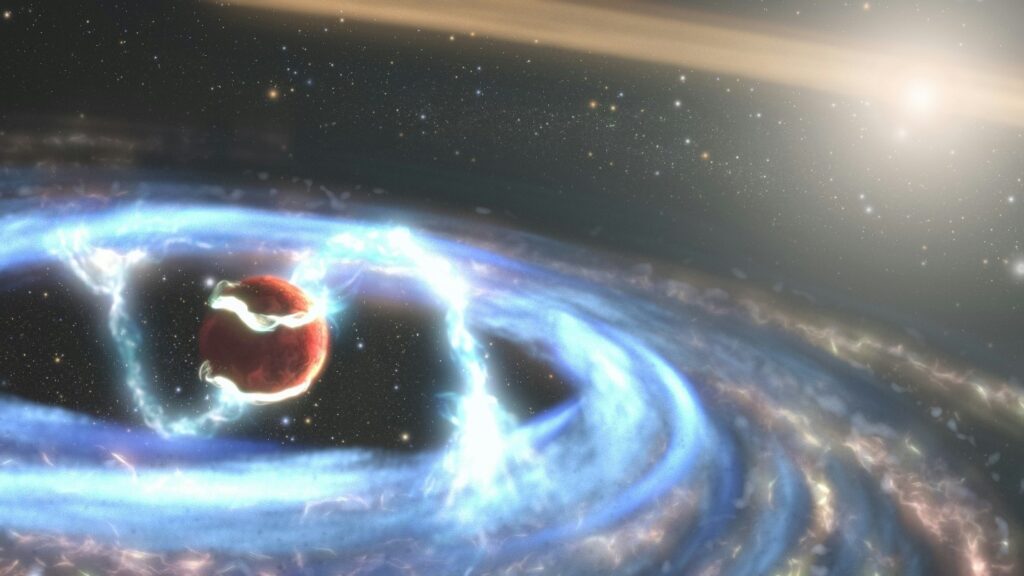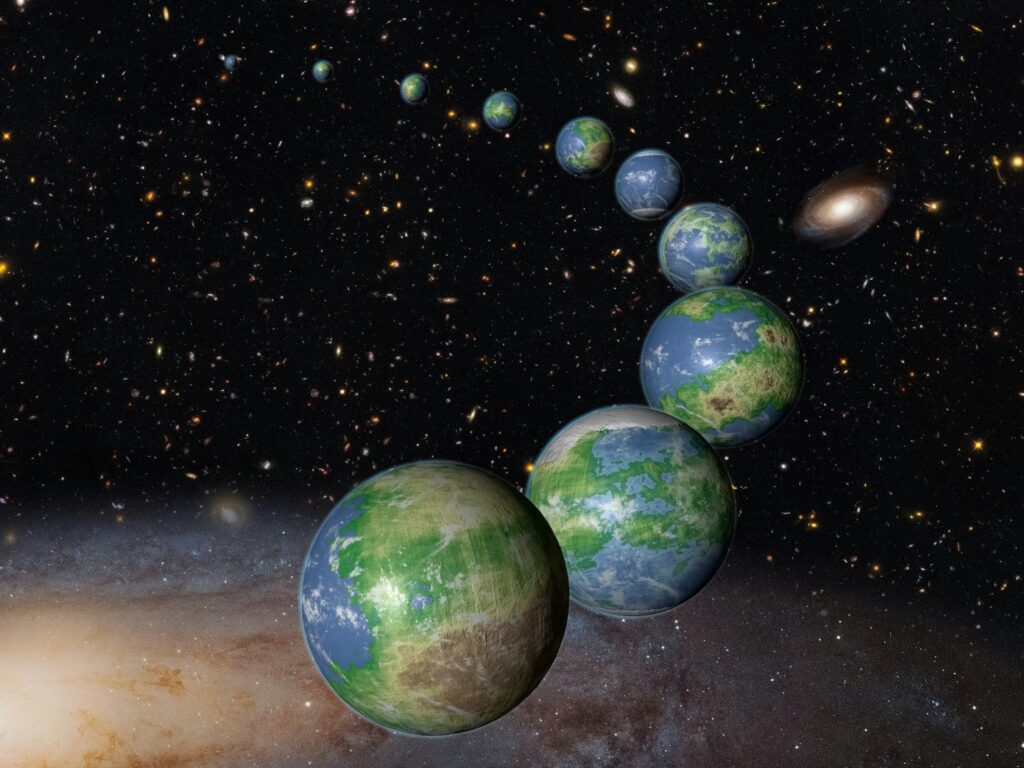Scientists are increasingly captivated by the exploration for exoplanets with the potential to sustain life, referring to celestial bodies beyond our solar system. This quest marks a pivotal moment in expanding our understanding of the universe and our place in it.
Finding exoplanets has been accelerated by advances in space-based observatories, like as NASA’s Kepler and TESS missions. Through the use of these observatories, astronomers can now detect subtle changes in starlight caused by a planet passing in front of its host star. This technique is called the transit method. Curiosity over the possible habitability of thousands of exoplanets has been piqued by the technique’s identification.
NASA’s extensive Kepler mission has been dedicated to discovering small, potentially habitable planets in recent years. The first planet smaller than Earth, Kepler-20e, was found in December 2011 circling a Sun-like star that was somewhat cooler and smaller than our sun. Kepler-20e completed an orbit every six days. Unfortunately, it is too hot and cannot support either a liquid water or an atmosphere.

That same month, Kepler-22b was revealed as the first planet to be found in the habitable zone of a sun-like star, despite being over twice as massive as Earth and hence unlikely to have a solid surface. The first Earth-sized planet discovered in the habitable zone of a small, cool M dwarf star, roughly half the mass and size of our sun, was discovered in April 2014 and is called Kepler-186f. The planet Kepler-452b is the first planet the size of Earth to be found in the habitable zone of a star very similar to our sun.
A crucial factor in the pursuit of habitable worlds is the concept of the “Goldilocks zone,” also referred to as the “habitable zone.” This zone, characterized by a temperature range conducive to liquid water, is an essential condition for life as we know it. While this criterion is fundamental, a planet’s habitability is significantly influenced by other factors such as its composition and atmosphere.
Thanks to developments in spectroscopy, researchers can now examine the atmospheres of exoplanets. Through the observation of light moving through the atmosphere during a transit, scientists can identify chemical markers, providing valuable insights into an exoplanet’s composition. The presence of molecules like water vapor, oxygen, and methane hints at potentially life-sustaining conditions.
In an effort to understand exoplanets, scientists are exploring a variety of planetary kinds, from rocky terrestrial planets to gas giants. Our presumptions regarding the frequency of habitable conditions are called into question by the diversity of exoplanetary systems, which also prompts inquiries about the possible forms that life could adopt in such a wide range of environments.
The imminent launch of the James Webb Space Telescope (JWST) is poised to revolutionize the field of extraterrestrial science. The JWST’s outstanding precision and observational capabilities promise a deep dive into exoplanet atmospheres, providing an enhanced comprehension of their potential habitability.

An intriguing revelation beyond our solar system is the identification of exoplanets located within the habitable zones of red dwarf stars. Despite challenges such as radiation and stellar activity in these environments, these findings underscore the vital importance of exploring a diverse array of star systems in the quest for habitable planets.
Ongoing research in exoplanet discovery offers hope for finding an exoplanet genuinely resembling Earth. Such a discovery has far-reaching consequences outside of the field of astronomy, leading to deep existential and philosophical reflections regarding the singularity of life on Earth.
Beyond simple scientific curiosity, the search for exoplanets is a gigantic trip that invites us to investigate the immense cosmic tapestry, solve the puzzles of far-off worlds, and consider the important question of whether we are alone in the wide universe.
Sources
- https://exoplanets.nasa.gov/resources/267/searching-for-habitable-worlds/
- https://exoplanets.nasa.gov/resources/267/searching-for-habitable-worlds/
- https://www.jstor.org/stable/23240262
- https://www.google.com/gasearch?q=The%20Exploration%20of%20Exoplanets:%20Searching%20for%20Habitable%20Worlds&source=sh/x/gs/m2/5#fpstate=ive&vld=cid:b03d40f0,vid:IXhd5uxgFPs,st:0




